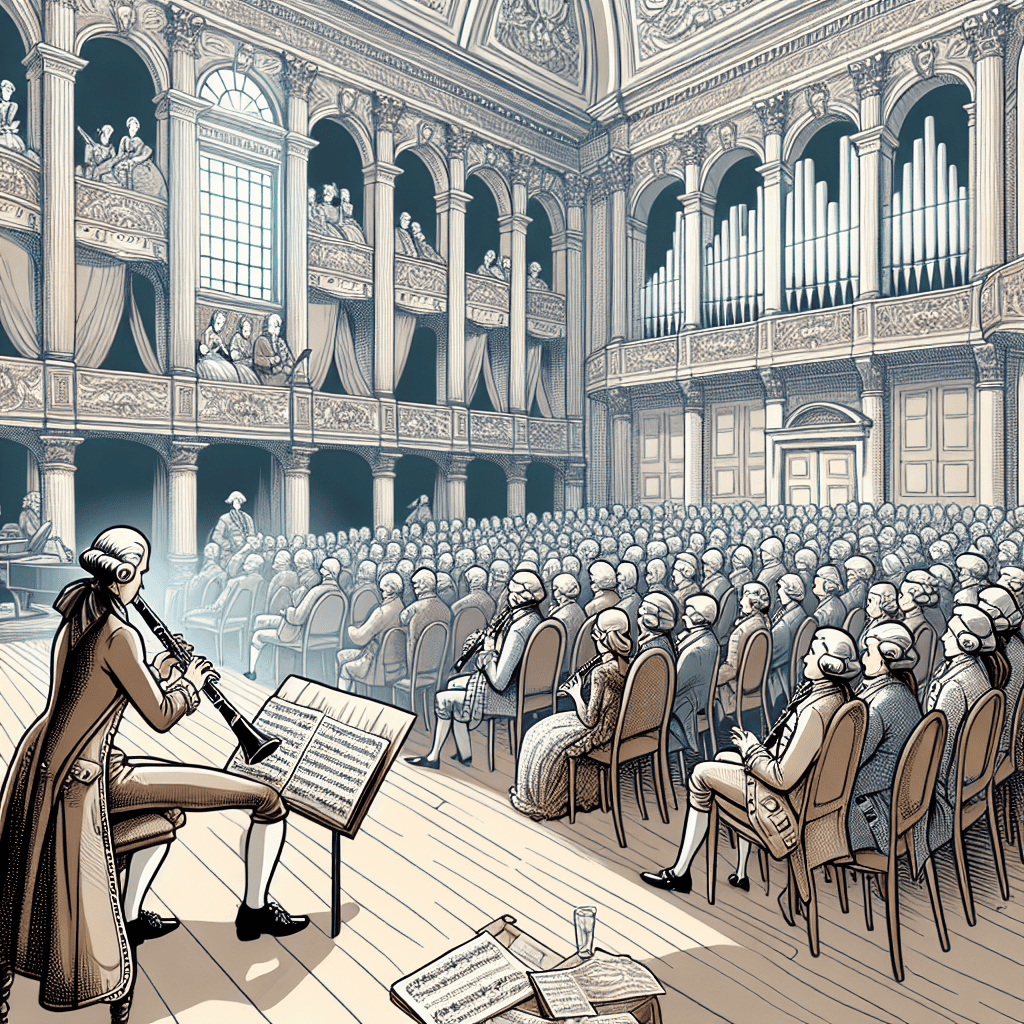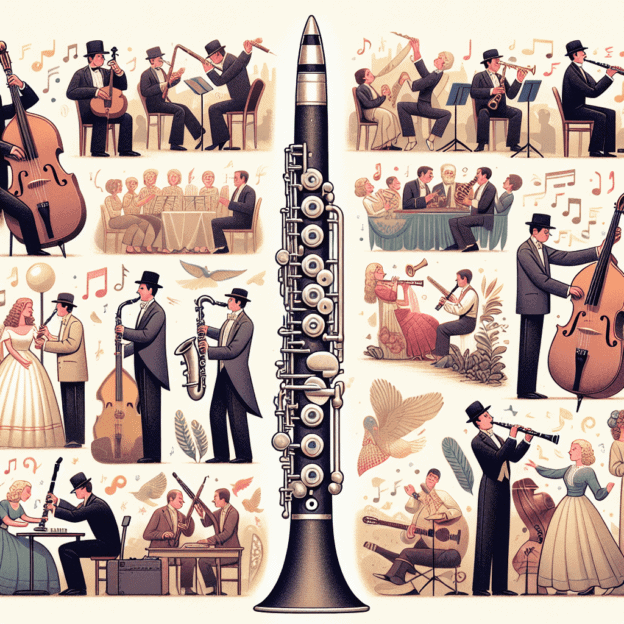The clarinet's cultural significance is truly remarkable! With its rich, mellow tones and versatile range, this woodwind instrument has left a lasting mark on music history across various cultures. From classical symphonies to jazz ensembles, the clarinet has significantly shaped the musical landscape. Let's explore some fun facts about the clarinet's cultural significance that you might find fascinating.
The Clarinet's Origins
The clarinet's story began in the late 1600s when Johann Christoph Denner, a German instrument maker, modified the chalumeau, an early single-reed instrument. This innovation led to the modern clarinet, which quickly found its place in orchestras and chamber music. Over the years, makers like Martin Freres have refined the clarinet, ensuring its place in diverse musical genres.
Clarinet in Classical Music
Classical music has been a prominent stage for the clarinet. Composers like Mozart, who wrote the famous “Clarinet Concerto in A Major,” and Carl Maria von Weber showcased the clarinet's capabilities. These pieces remain staples in classical repertoires today. The smooth, expressive qualities of the clarinet make it a favorite for conveying deep emotions in classical compositions.
The Clarinet in Jazz
Jazz music, with its roots in African American communities, embraced the clarinet in the early 20th century. The instrument's agility and unique sound made it perfect for jazz's improvisational nature. Legendary musicians like Benny Goodman, known as the “King of Swing,” and Artie Shaw brought the clarinet to the forefront of the jazz scene. These artists helped solidify the clarinet's place in jazz history, influencing countless musicians and listeners worldwide.
| Genre | Notable Musicians | Key Characteristics |
|---|---|---|
| Classical | Mozart, Weber | Smooth, expressive, emotional depth |
| Jazz | Benny Goodman, Artie Shaw | Agile, improvisational, swing |
| Folk | Various | Versatile, expressive, culturally diverse |
Clarinet in Folk and World Music
The clarinet's versatility extends beyond Western classical and jazz music. It has a significant presence in various folk music traditions around the globe. In Eastern Europe, the clarinet is a staple in Klezmer music, a musical tradition of the Ashkenazi Jews. This genre, characterized by its expressive melodies and dance rhythms, highlights the clarinet's ability to convey a wide range of emotions.
In Greece, the clarinet is central to traditional folk music, often used in celebrations and festivals. The instrument's ability to produce both hauntingly beautiful and lively, spirited tunes makes it indispensable in Greek musical heritage.
The Clarinet in Contemporary Music
Contemporary music genres have also embraced the clarinet's unique sound. From pop to rock, various artists have incorporated the clarinet into their music, creating innovative and eclectic sounds. Bands and musicians continually explore the clarinet's potential, blending it with electronic music and other modern genres.
Clarinet in Education and Community
The clarinet is a popular choice for students and amateur musicians, thanks to its relatively straightforward learning curve and rich, rewarding sound. Music education programs around the world often feature the clarinet, providing young musicians with a foundation in music theory and performance. Many community bands and orchestras also include clarinet sections, offering opportunities for musicians of all ages to play and perform together.
Educational initiatives and community programs have helped maintain the clarinet's popularity, ensuring that new generations of musicians continue to discover and appreciate its unique qualities.
Influence of Clarinet Makers
Renowned clarinet makers, including Martin Freres, have played a crucial role in the development and popularity of the instrument. These makers have continually innovated and refined the clarinet's design, enhancing its playability and sound quality. Their dedication to craftsmanship has ensured that the clarinet remains a beloved instrument across various musical genres and cultures.
The Clarinet in Film and Media
The clarinet has also made its mark in film scores and media soundtracks. Its distinctive sound can evoke a wide range of emotions, making it a valuable tool for composers and sound designers. Iconic film scores, such as those by John Williams and Ennio Morricone, have featured the clarinet prominently, adding depth and character to their compositions.
The instrument's presence in media has further cemented its cultural significance, reaching audiences beyond traditional concert halls and recording studios.
Conclusion
The clarinet's cultural significance is vast and varied, touching countless aspects of the musical world. From its origins in the 17th century to its role in contemporary music, the clarinet has continually evolved and adapted, remaining a vital and beloved instrument. Whether in classical symphonies, jazz clubs, folk festivals, or educational programs, the clarinet's rich, expressive sound continues to captivate and inspire musicians and audiences alike.
Quick Facts About the Clarinet
- Originated in the late 17th century
- Modified from the chalumeau by Johann Christoph Denner
- Prominent in classical, jazz, folk, and contemporary music
- Popular choice for students and amateur musicians
- Featured in iconic film scores by John Williams and Ennio Morricone







